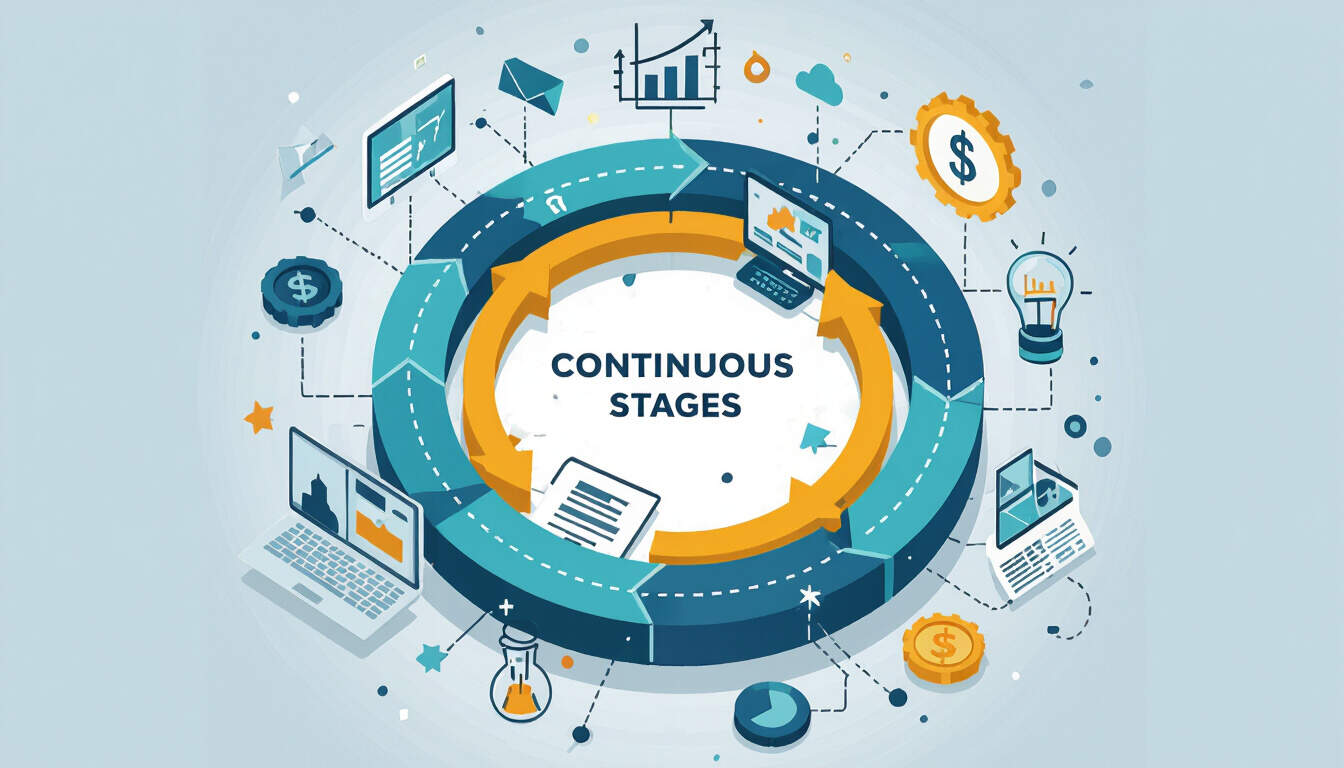Optimizing Revenue Lifecycle Management for Sustainable Growth
 by Verner Mayer
by Verner Mayer
Revenue lifecycle management streamlines the process from lead acquisition to customer retention, boosting efficiency through automation. This approach helps businesses achieve consistent revenue streams and operational improvements, making it essential for modern sales strategies.

Revenue lifecycle management is a core element in modern business strategies, focusing on the full spectrum of activities that generate and sustain income. It encompasses the progression from initial customer engagement to long-term retention, ensuring each phase contributes to overall financial health.
In business operations, this management approach involves tracking and enhancing key stages. For instance, the initial stage includes prospect identification, where teams identify potential customers. Automation plays a vital role here by handling data analysis and lead scoring, allowing sales teams to focus on high-potential opportunities.
Moving forward, the next phase deals with conversion processes. This is where leads turn into paying customers through effective sales tactics. By integrating revenue lifecycle management, companies can streamline workflows and reduce manual errors. Automation tools, such as CRM systems, facilitate this by providing real-time insights and personalized interactions.
Another important aspect is the post-sale period, which focuses on customer satisfaction and repeat business. Effective management here means monitoring metrics like retention rates and lifetime value. Automation supports this through scheduled follow-ups and feedback collection, helping maintain strong relationships without constant oversight.
Key Stages in Revenue Lifecycle Management
To implement this effectively, businesses should break down the lifecycle into distinct stages:
- Prospect Identification: Begin with gathering data on potential leads from various sources.
- Lead Nurturing: Use targeted communications to build interest and trust.
- Conversion and Onboarding: Finalize sales and integrate new customers smoothly.
- Retention and Expansion: Encourage loyalty through upselling and ongoing support.
- Analysis and Adjustment: Review performance data to refine future strategies.
Each stage benefits from automation, which minimizes delays and improves accuracy. For example, automated email sequences can nurture leads efficiently, while analytics tools track progress automatically.
The Role of Automation in Enhancing Processes
Automation integration is crucial for scaling revenue operations. It allows for seamless data flow across departments, ensuring everyone has access to up-to-date information. In sales environments, automated forecasting helps predict revenue trends based on historical data.
This integration reduces the burden on operations specialists, who can then prioritize strategic decisions over routine tasks. For business executives, the visibility provided by automated systems leads to better resource allocation and faster responses to market changes.
Benefits include improved accuracy in revenue predictions and faster cycle times. By automating repetitive tasks, companies can achieve higher productivity levels. Sales process optimization through these tools often results in increased conversion rates, as teams can respond more quickly to customer needs.
Implementation Strategies for Success
When adopting revenue lifecycle management, start with a clear assessment of current processes. Identify areas where inefficiencies exist and prioritize automation where it offers the most impact.
For sales teams, training on new tools is essential to maximize benefits. This might involve workshops on using automation software for daily tasks. Over time, regular reviews ensure that strategies remain aligned with business goals.
In practice, many organizations see measurable improvements, such as reduced churn rates and higher revenue per customer. By focusing on these elements, businesses can build a more resilient operation.
Measuring Outcomes and Future Considerations
To gauge success, track key indicators like revenue growth and customer acquisition costs. Automation aids in this by generating reports that highlight trends and areas for improvement.
Looking ahead, as technology advances, revenue lifecycle management will continue to evolve. Businesses that adapt early will maintain a competitive edge, ensuring sustained growth and efficiency in their operations.
In summary, effective revenue lifecycle management, supported by automation, provides a structured path to enhanced performance and profitability.
